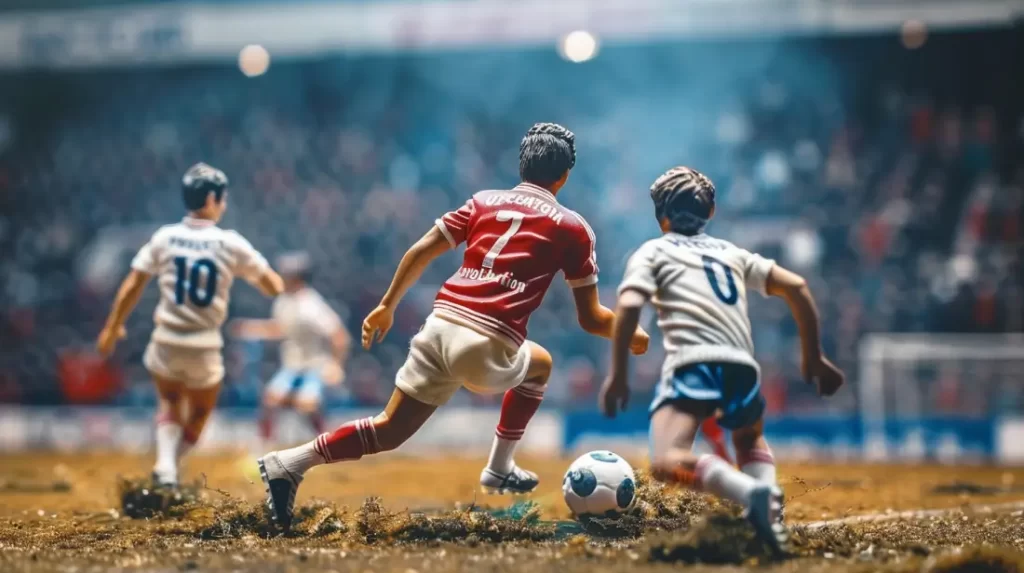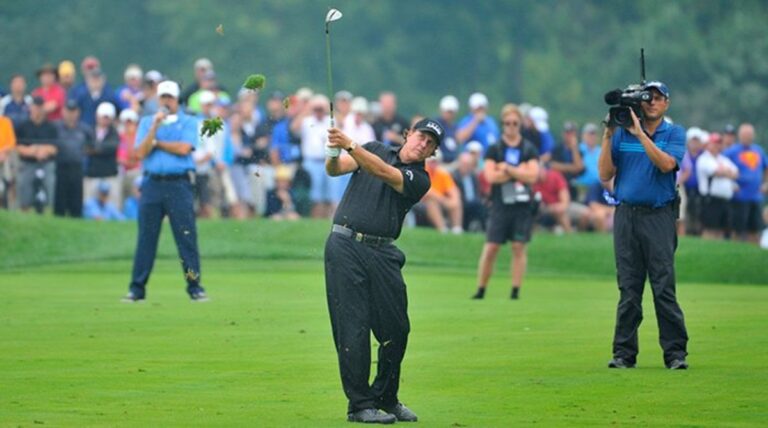
Football, known as the world’s most popular sport, has undergone a remarkable transformation from its humble beginnings on the streets and fields to a global phenomenon played in some of the most iconic stadiums. This article explores the journey of football’s evolution—highlighting key historical milestones, changes in rules, technological advancements, and the sport’s global rise.
Origins of Football
Ancient Roots and Folk Games
While modern football began to take shape in the 19th century, variations of ball-kicking games have existed for centuries. Ancient civilizations, including the Chinese game of Cuju, and medieval European folk football, laid the foundation for what we now recognize as football.
Early English Influence
By the 1800s, football became increasingly popular in English schools and communities. However, without standardized rules, each region had its own version of the game. This led to confusion and inconsistency, especially during inter-school matches.
Standardization and The Birth of Modern Football
Formation of The Football Association (FA)
In 1863, The Football Association was established in England to unify the rules of the game. This was a pivotal moment in football history, as it clearly distinguished association football (soccer) from rugby football.
Introduction of Key Rules
Standardized rules included:
- The prohibition of handling the ball (except by the goalkeeper)
- Defined pitch dimensions
- Use of a round ball
- The offside rule
These foundational changes helped make the game more structured and accessible.
Growth Across Continents
Spread Through British Influence
As the British Empire expanded, so did football. The sport quickly gained popularity in countries such as Brazil, Argentina, India, and South Africa, with clubs and leagues forming in the late 19th and early 20th centuries.
Formation of FIFA
In 1904, the Fédération Internationale de Football Association (FIFA) was founded in Paris to oversee international competition. The organization played a crucial role in globalizing the game and organizing tournaments, including the World Cup.
Technological and Tactical Evolution
Equipment and Gear
- Early Days: Players wore heavy boots, and balls were made of leather and prone to water absorption.
- Today: Lightweight synthetic balls and modern cleats offer better control, speed, and safety.
Tactical Innovations
Over the decades, football has seen the rise of various tactical formations—from the WM formation in the 1930s to the 4-3-3, 4-2-3-1, and pressing systems of today. Managers like Johan Cruyff, Arrigo Sacchi, and Pep Guardiola have redefined how the game is played.
Use of Technology
- Goal-line technology and VAR (Video Assistant Referee) now aid decision-making.
- GPS trackers and data analytics monitor player performance.
- Smart stadiums enhance the fan experience with real-time stats and replays.
The Globalization of Football
Major Tournaments
Events like the FIFA World Cup, UEFA Champions League, and Copa América attract billions of viewers worldwide, showcasing the sport’s unmatched global appeal.
Commercial Power
Football has become a multibillion-dollar industry, driven by broadcasting rights, sponsorships, merchandise, and digital platforms. Top clubs and players enjoy celebrity status across continents.
Social and Cultural Impact
Football has become a force for unity and cultural exchange. From community development initiatives to anti-discrimination campaigns, the sport is often a vehicle for social change.
Conclusion
From chaotic street matches to electrifying global tournaments, the evolution of football reflects broader societal, technological, and cultural shifts. As the sport continues to grow, one thing remains constant: football’s power to inspire, unite, and thrill people of all ages around the world.






